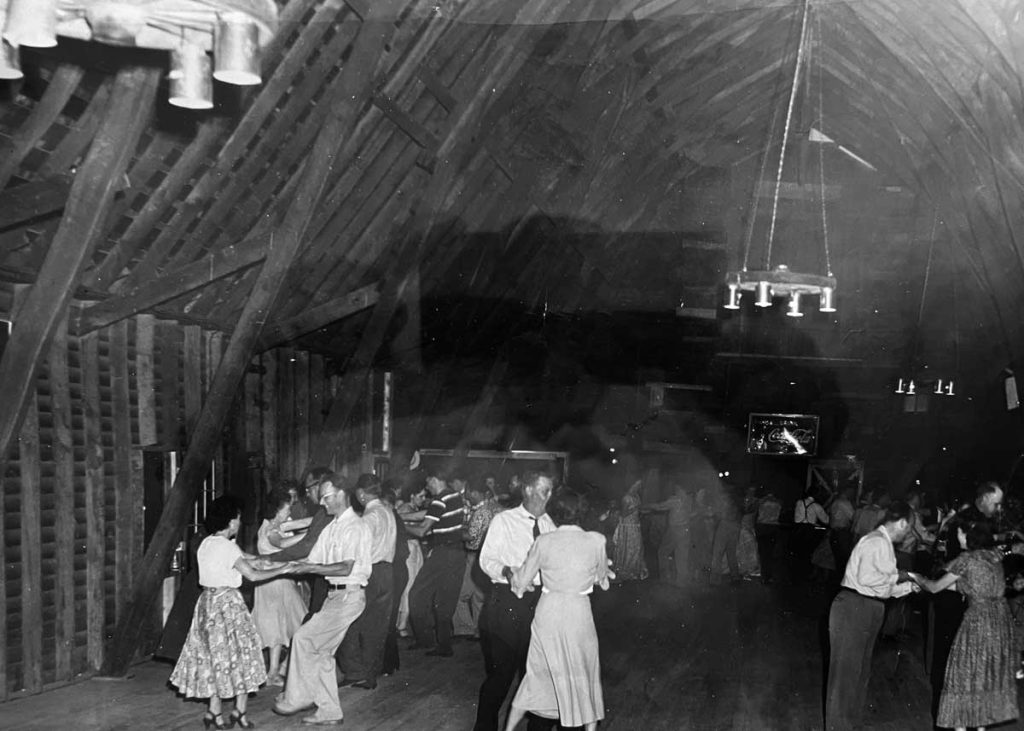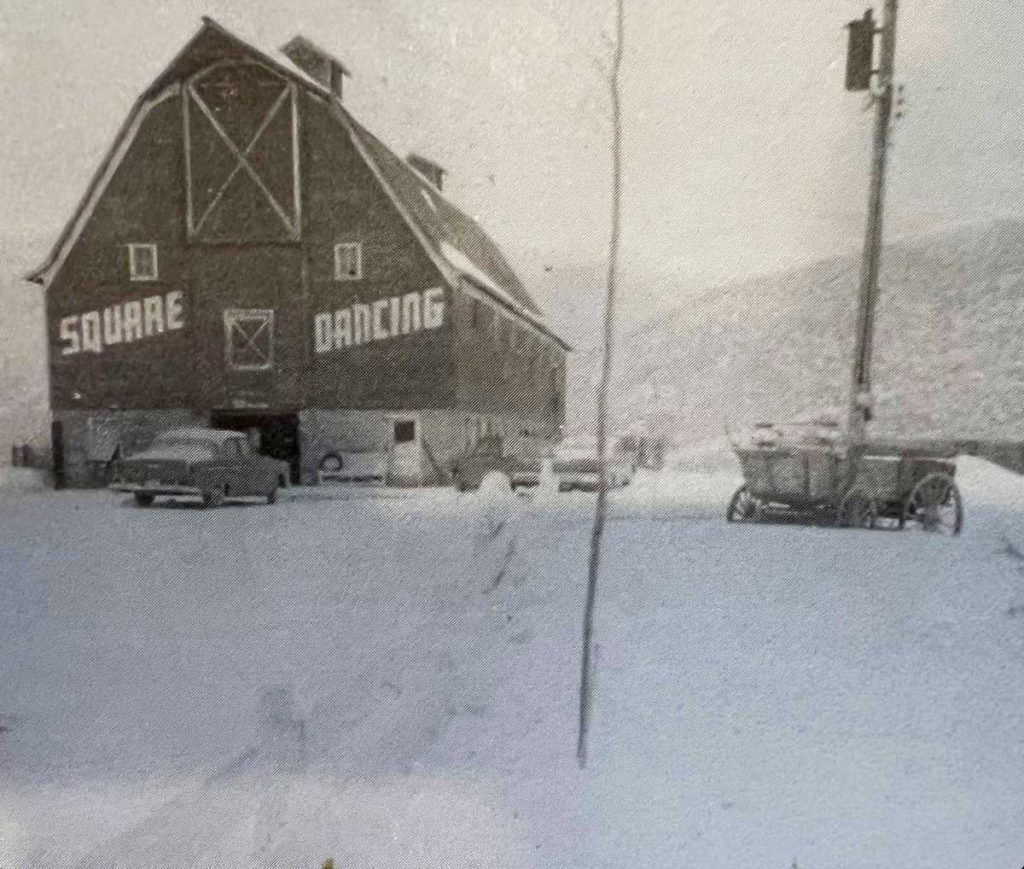In 1949 Judd and Beth Flinders purchased a 900-acre dairy farm in the Kimball Junction area of Park City. It featured one of the largest barns in the state – regionally referred to as the “Big Red Barn.” Archie and Annie Carter sold the property to them, including sixty dairy cows. The Flinders grasped the economic potential of the ranch. They envisioned (over time) developing a series of interrelated businesses on the property. In today’s parlance the couple would be referred to as “serial” entrepreneurs.
Judd entrusted ranch operations to his three teenage sons: Leland, Melvin, and Jerran. Their younger siblings, Thomas and Elizabeth, would join them in due time. The family had some farming experience, having owned property in Millcreek where they raised pigs, horses, cows, chickens, and vegetables.
When questions and/or issues presented themselves, the brothers relied on the kindness and generosity of their neighbors – in particular the Tree and Bitner families. They too owned sprawling and successful ranches adjoining the Flinders property.

Credit: Courtesy of the Flinders Family.
In the late 1940s there were approximately sixteen dairy farms in the greater Park City area. Dairy farming is hard work. Milking begins at 4 a.m. The process consumes over two hours, including cleanup, sterilization and moving the cows to pasture. Milking commenced again at 4 p.m., wrapping up before 7 p.m. or so. For the Flinders children, a quick dinner and schoolwork followed. The cycle continued 365 days a year regardless of weather conditions. And of course, there were the frequent and welcomed inspections by the Board of Health.
Judd managed the books for all the family’s businesses. Brilliant best described his financial acumen. The family would eventually develop nine separate sources of income; Every decision was predicated on making money. Several years after purchasing the dairy farm, Judd determined that raising beef cattle was financially superior to dairy farming. Being the consummate numbers guy, Judd decided to make the transition. He worked with Dave Grossman (a notable cattle dealer) to auction off the dairy cows and purchase beef cattle. The Flinders would amass a herd exceeding 250 head.
Unencumbered by dairy operations, Judd pondered how best to leverage the “Big Red Barn” to begin another business. Never one confined by expectations, Judd’s next venture was novel even by Park City standards. This new business would achieve regional popularity, fame, and longevity. This is the story of how square dancing came to Park City.
In 1950 Judd applied for a license to operate a dance hall and confectionery business. The County Commissioners approved his application in March 1950. At the time square dancing was popular in Salt Lake City, but less so in Park City. This would soon change.

Credit: Courtesy of the Flinders Family.
The author thanks the surviving Flinders siblings (Lelend, Melvin, Jerran, and Elizabeth), and Scott Smith for sharing their memories of square dancing at their “Big Red Barn.”
Stay tuned for part two of the story next week.
The Park City Museum is hosting a lecture titled “The Deserts of the Wests: Then and Now” given by Jim Cornett, retired Director of Natural Sciences at the Desert Museum in Palm Springs, California, on August 7 from 5-6 p.m. at their Education and Collections Center located at 2079 Sidewinder Drive.